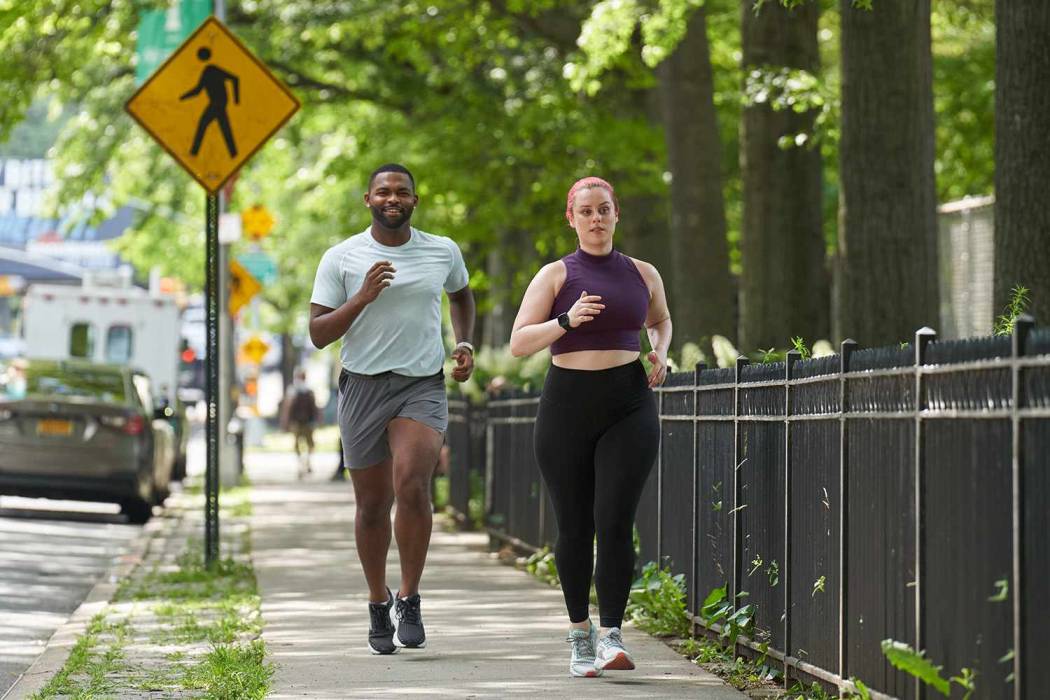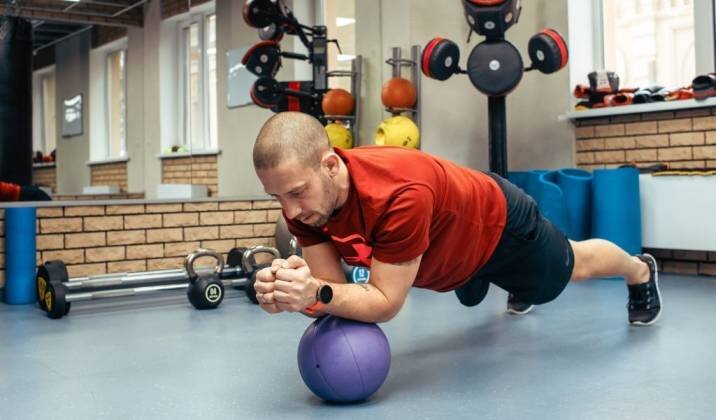.webp)
Best Exercises To Lower Blood Pressure
Hypertension (HTN), or high blood pressure, can raise the risk of heart disease. Frequent exercise can effectively lower blood pressure and lower the risk of various heart-related problems. Numerous workouts have the potential to reduce blood pressure. Keep in mind that these workouts are not meant to take the place of any prescription drugs. Maintaining an active lifestyle and lowering your BMI can also help lower blood pressure to normal levels. Cardio and dynamic resistance training have been shown to reduce blood pressure and treat stage 1 hypertension. Additionally, maintaining an active lifestyle lowers the risk of cardiovascular illnesses.
7 Best Exercises To Lower Blood Pressure
1. Walking
Walking is a low-impact aerobic activity that promotes the release of the "feel-good" hormone serotonin. Regardless of the intensity, researchers have discovered that walking 10,000 steps a day may help lower high blood pressure and increase one's capacity for exercise.
In order to demonstrate the benefits of walking for hypertension, a 2022 study evaluated randomized controlled studies with 5,763 people. Over the course of 15 weeks, the participants walked for an average of 153 minutes. This caused the resting heart rate to drop by 2.76 bpm and the systolic and diastolic blood pressures to drop by 4.11 mmHg and 1.79 mmHg, respectively. It may even lower the risk of a stroke and is among the easiest yet most effective heart-healthy workouts.
Look for a park or a section of road with more greenery and less traffic. To reduce stress, take a morning or evening stroll, concentrate on your breathing, and take in the scenery. You will feel more at ease if you have a cup of tea and take a warm bath afterwards.
2. Jogging

Put on your running shoes, put your troubles aside, and go for a jog! You can begin with brisk walking and work your way up to moderate-paced running or slow jogging.
According to a study, individuals with hypertension may benefit from regular, moderate-intensity running. You can jog outside or on a treadmill. After you're finished, stretch to chill down, and then have a warm shower.
Blogger Dmitri Konash talks about how exercising helped him return his hypertension to ideal levels. He said, "My blood pressure returned to normal levels (i) less than 12 months after being diagnosed with hypertension," when he began running to decrease his blood pressure and strengthen his heart.
3. Dancing
It's possible that dance therapy can help lower blood pressure. This aerobic workout increases blood flow, reduces tension, and enhances coordination and balance.
Begin with gentle dance styles and enroll in a class specifically designed for individuals with high blood pressure. Consult your physician before attempting any other high-intensity dance styles.
4. Cycling
An excellent aerobic activity to lose weight, tone the lower body, and lower high blood pressure is cycling, whether indoors or out. adults who routinely cycled had significantly lower blood pressure readings, according to a study done on adults with type 2 diabetes.
To avoid falls and unexpected jerks, choose a bike lane or ride indoors. To avoid chafing, pay attention to your breathing, take water breaks, and wear bicycle shorts.
5. Swimming
Swimming is another enjoyable aerobic activity that might help lower blood pressure if you enjoy being in the water. Swimming was found to be a useful exercise for lowering resting blood pressure in a 10-week research.
Wear goggles and a swimming hat, and always warm up before entering the pool. Before beginning full-fledged laps, it is ideal to begin with an instructor who can help you with a few water exercises to increase your strength and mobility.
Read Also: Stretching's Advantages: Avoiding Injuries
6. Dynamic Resistance Training

There is movement in dynamic resistance training. Dynamic resistance workouts that increase muscle tone, burn calories, and decrease blood pressure include weighted bicep curls, push-ups, bench presses, and more.
Make use of weights that are between 30 and 40 percent of your body weight. If you're new, ask your trainer for assistance. Avoid lifting big weights too quickly and engage in dynamic resistance training two to three days a week. If you have long-term cardiac problems, avoid lifting weights and see a physician first.
7. Isometric Resistance Training
Unlike dynamic resistance workouts, isometric resistance exercises do not require motions or movements. These exercises target and strengthen muscles without requiring any outward movement of the body. Holding a plank is an example of an isometric exercise. Additional isometric exercise examples are available here.
Researchers have discovered that dynamic resistance training is less effective than isometric handgrip exercises at reducing blood pressure. Its safety and effectiveness, however, are not well supported by the available data.
How Often To Do Them
Begin by engaging in a balanced combination of strength and aerobic exercises three to five days a week. If you exercise three days a week, spend two of those days doing cardio and one day doing strength training. Try to balance your five days of exercise with two days of strength training and three days of cardio. Adapt your exercise regimen to your level of progress. To create an exercise program that suits you, see your trainer.
Obesity and heart disease are common comorbidities among people with hypertension. There are some exercises that can make the situation worse. To find out which workouts to avoid, scroll down.
Which Exercises To Avoid
High-intensity interval training, or HIIT, running, and heavy lifting
To avoid more health issues, limit your exercise to low- to moderate-intensity aerobic or strength training activities (with light weights).


